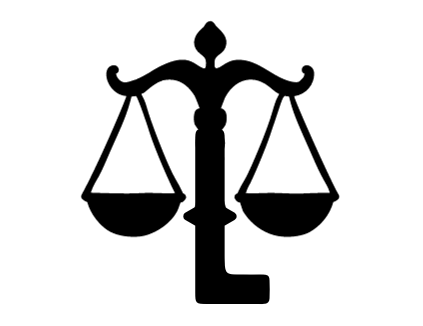In today’s digital economy, data is the new oil. Businesses across India and the world rely heavily on customer data, intellectual property, financial records, and digital assets. However, this dependence also makes them prime targets for cybercriminals, who exploit vulnerabilities to steal sensitive data.
According to industry reports, more than 60% of Indian businesses have faced some form of data breach or cyber-attack in the last three years, with small and medium enterprises (SMEs) being hit the hardest. Data theft not only causes financial losses but also damages brand reputation and customer trust.

This blog explores how cybercriminals target businesses, the methods they use for data theft, and the best protection measures companies can adopt in 2025.
What is Data Theft in Business?
Data theft is the unauthorized access, copying, or stealing of sensitive business information. It can include:
-
Customer records (names, Aadhaar, PAN, financial details)
-
Employee data (salary, medical records, credentials)
-
Intellectual property (patents, trade secrets, source code)
-
Financial transactions (invoices, credit card details, UPI data)
-
Confidential contracts and legal documents
Once stolen, this data is either sold on the dark web, used for identity theft, or exploited for financial fraud.
Common Cybercrimes Targeting Businesses
1. Insider Threats
Employees or contractors misuse their access to steal company data for personal gain or to sell it to competitors.
2. Phishing & Business Email Compromise (BEC)
Fraudulent emails trick employees into revealing credentials or making unauthorized payments.
3. Ransomware Attacks
Hackers encrypt company files and demand ransom to restore access.
4. Cloud & SaaS Data Breaches
Unsecured cloud storage or poorly configured SaaS applications become easy entry points for hackers.
5. Supply Chain Attacks
Cybercriminals target smaller vendors/partners with weaker security to breach larger organizations.
6. Credential Theft & Account Takeover
Stolen usernames/passwords are used to log into corporate accounts, stealing sensitive data silently.
7. Intellectual Property Theft
Source code, product designs, and trade secrets are often targeted to gain unfair advantage in markets.
Real Impact of Data Theft on Businesses
-
Financial Losses: Direct theft of money or costs of recovery (legal fees, IT forensics, ransomware payments).
-
Reputation Damage: Customers lose trust when their data is exposed.
-
Regulatory Penalties: Non-compliance with data protection laws (like India’s Digital Personal Data Protection Act, 2023) can result in heavy fines.
-
Operational Disruption: Businesses may face downtime, leading to loss of productivity and clients.
Protection Measures for Businesses (2025 Best Practices)
Here are proactive steps businesses must adopt to protect against data theft:
1. Strong Access Controls
-
Implement role-based access (employees access only what they need).
-
Regularly review and revoke unnecessary permissions.
2. Multi-Factor Authentication (MFA)
-
Add extra layers of login security for all company accounts, emails, and cloud apps.
3. Data Encryption
-
Encrypt sensitive data both in transit (while transferring) and at rest (when stored).
4. Employee Cybersecurity Training
-
Conduct regular training on phishing awareness, password hygiene, and safe browsing practices.
5. Regular Security Audits & Penetration Testing
-
Identify vulnerabilities before hackers do.
-
Update firewalls, antivirus, and security patches frequently.
6. Backup & Recovery Strategy
-
Maintain offline and cloud backups.
-
Test recovery systems regularly to ensure business continuity.
7. Vendor Risk Management
-
Evaluate security practices of third-party vendors.
-
Sign data protection agreements with partners.
8. Incident Response Plan
-
Establish a cyber incident response team.
-
Create a step-by-step plan for breach detection, reporting, and recovery.
9. Zero-Trust Security Model
-
“Never trust, always verify.”
-
Authenticate every access request, even from within the organization.
10. Compliance with Data Protection Laws
-
Stay updated with India’s DPDP Act, 2023, GDPR, and industry regulations.
-
Appoint a Data Protection Officer (DPO) if required.
Cybercrime against businesses is no longer a matter of “if” but “when.” In 2025, attackers are becoming more sophisticated, using AI and automation to breach systems faster than ever before.
For companies, prevention is cheaper than cure. Investing in cybersecurity tools, employee awareness, and legal compliance today will save millions in losses tomorrow.
Protecting business data isn’t just about technology—it’s about building a culture of security across every level of the organization.
Disclaimer
This article is for educational and awareness purposes only. It does not constitute legal advice, professional consultation, solicitation, or advertisement of services. Readers are advised to remain cautious, verify information from official sources.
